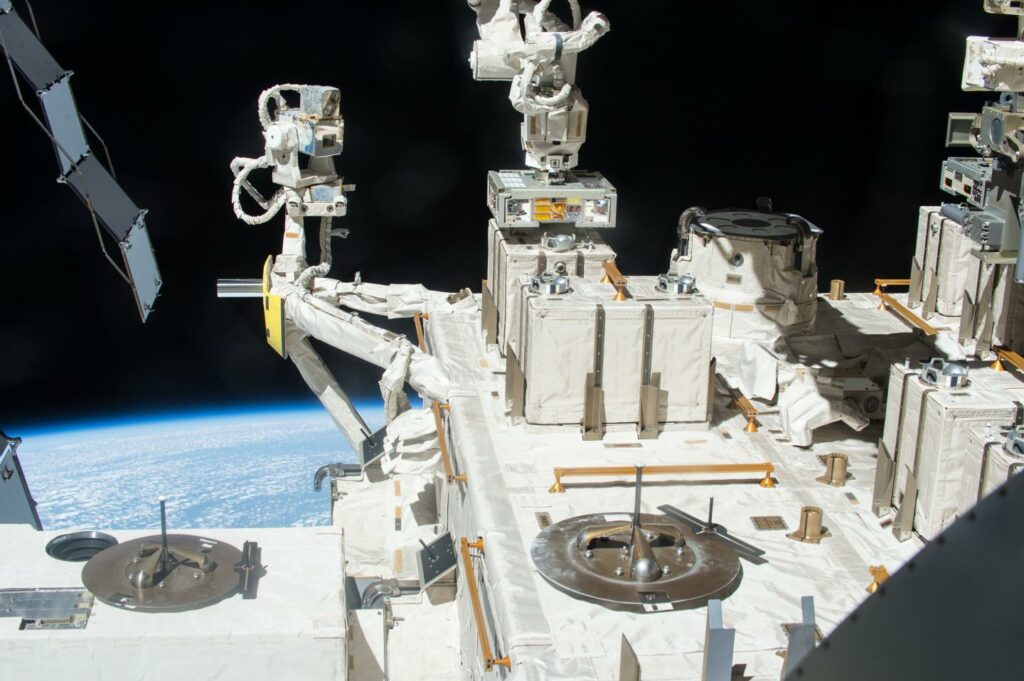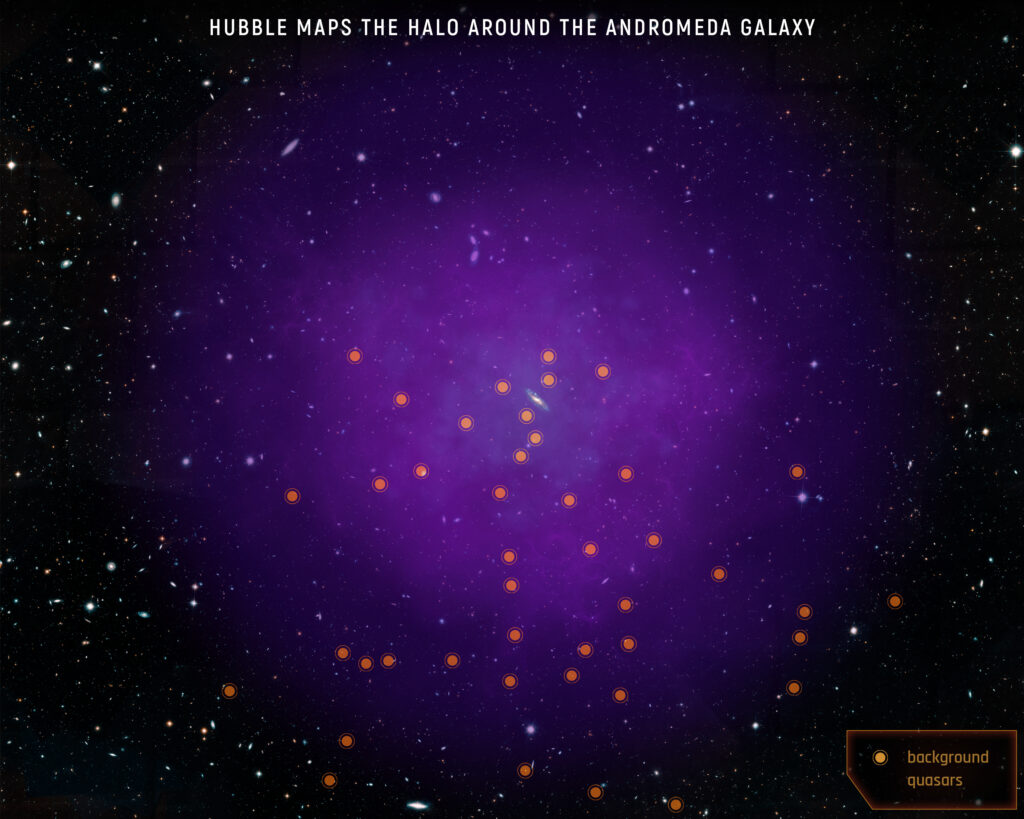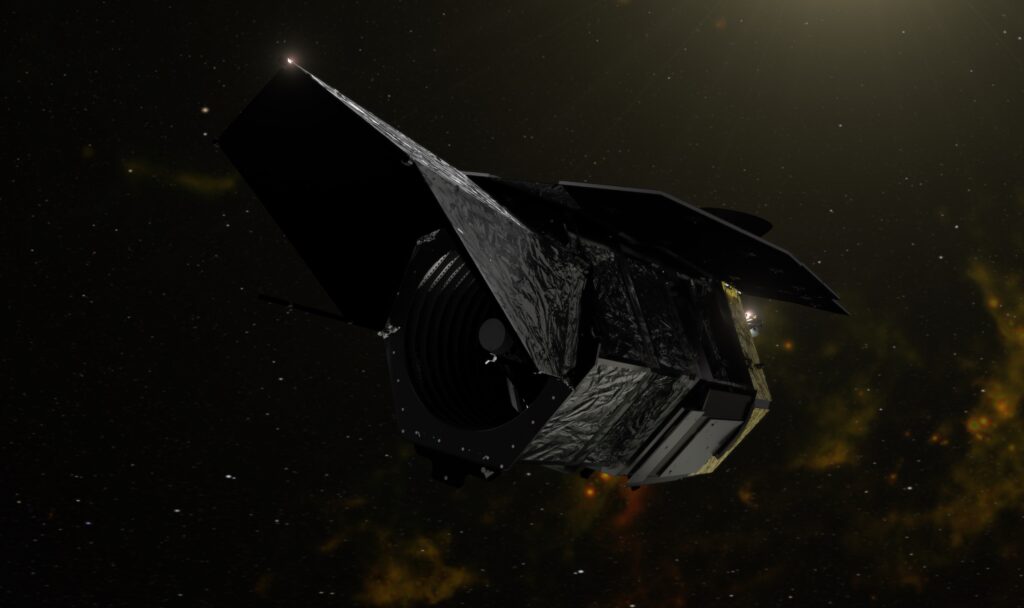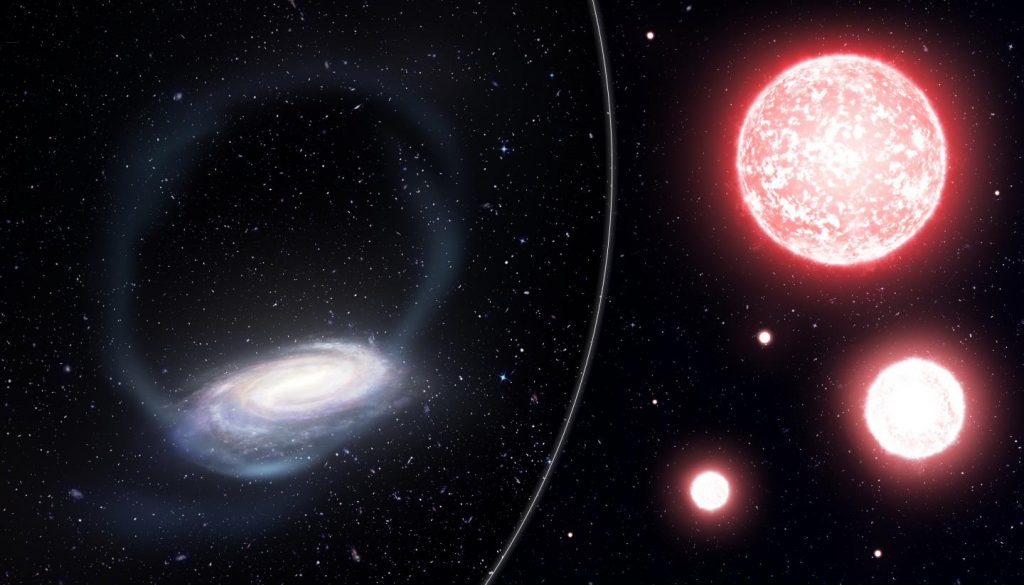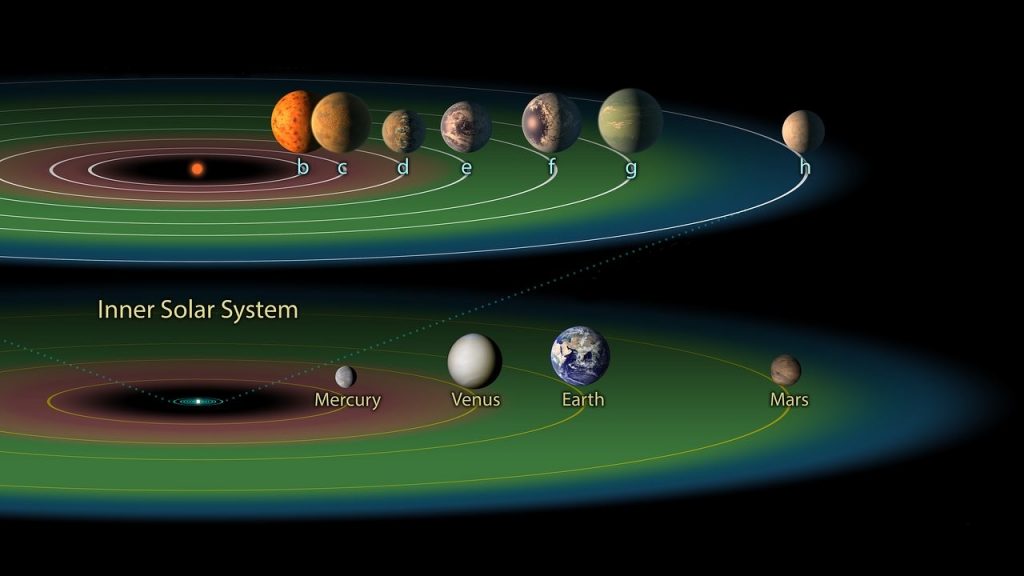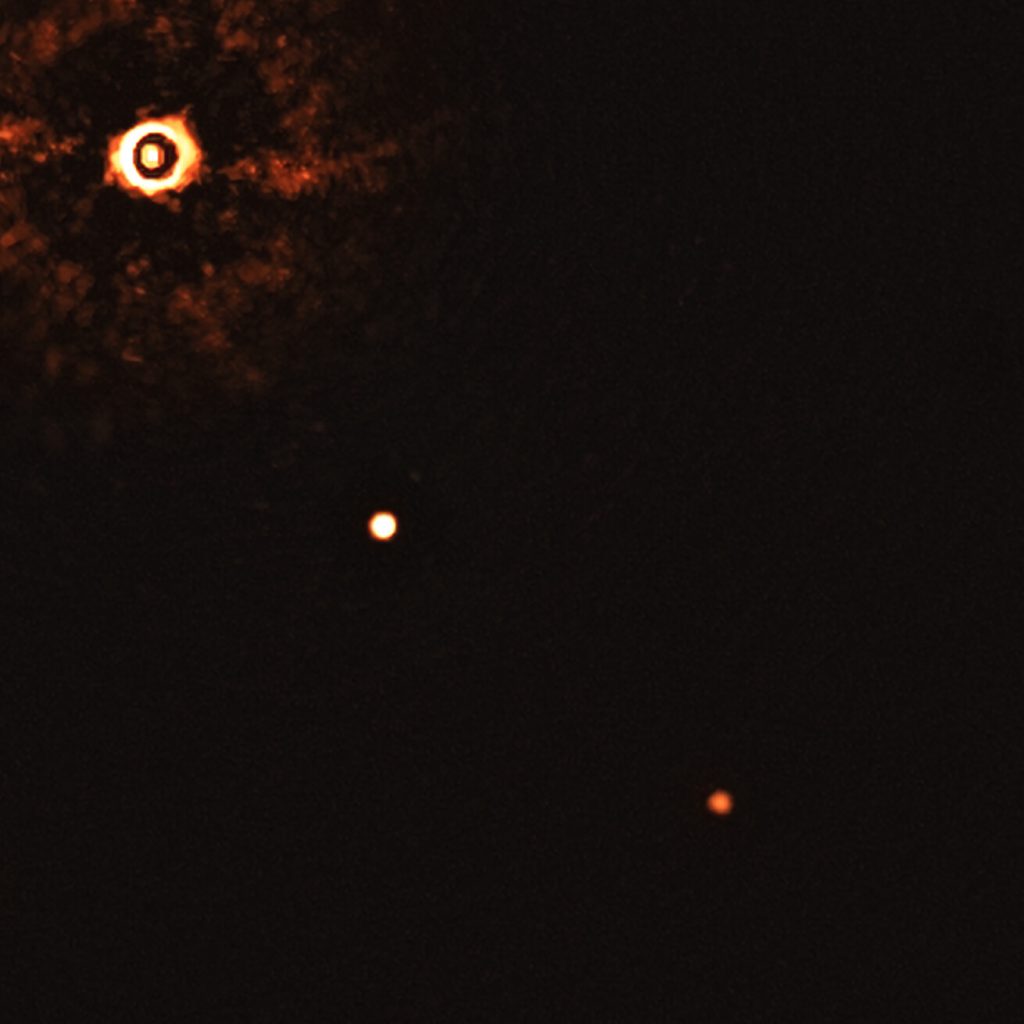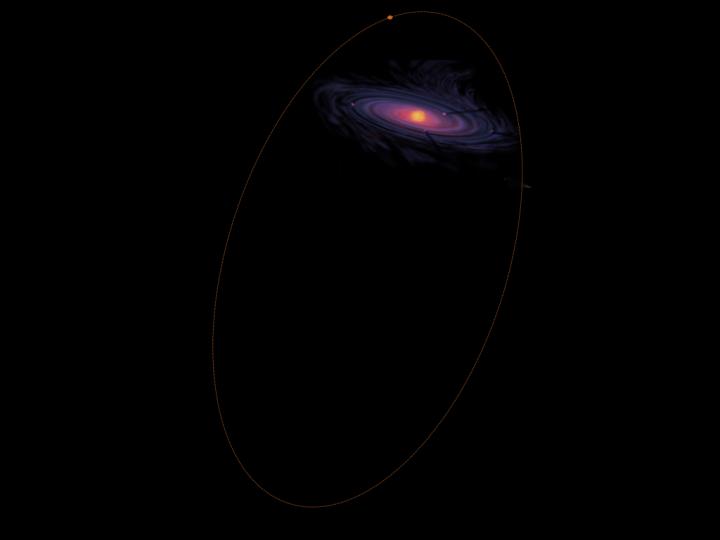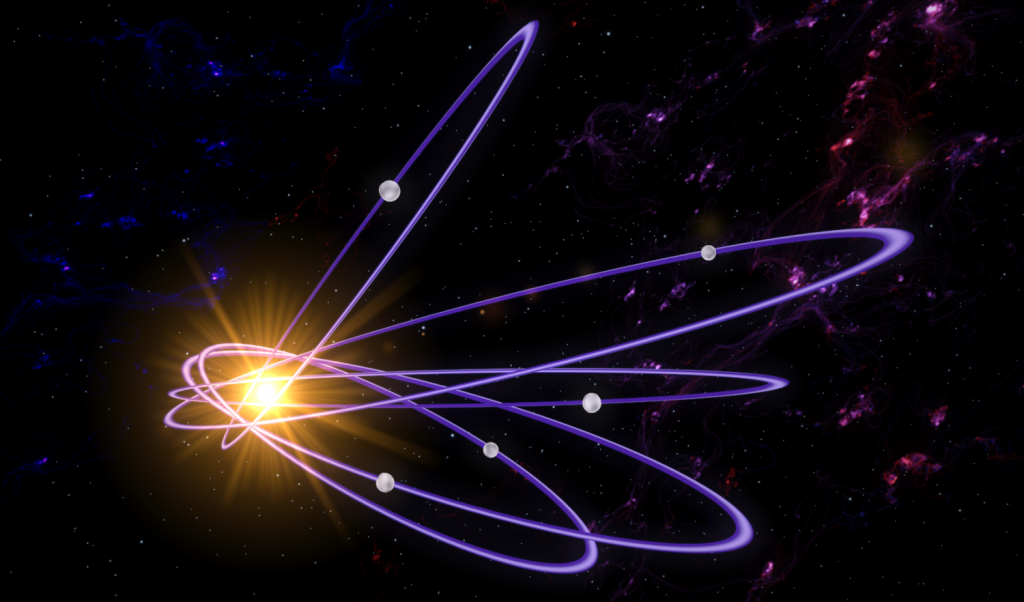Panspermia: colonies of bacteria can survive in interplanetary space
Deinococcus radiodurans is one tough bacterium. Neither the detonation of atom bombs nor the terrors of empty space bother it. But could it travel from planet to planet as a stowaway? Imagine microscopically small lifeforms being transported through space and landing on another planet. Bacteria that find suitable conditions for their survival on the new planet could then multiply and spawn life on the other side of the universe. This theory, which is known as “panspermia,” postulates that microbes could travel between planets and spread life throughout the universe. Panspermia has been debated for a long time, because it obviously…
